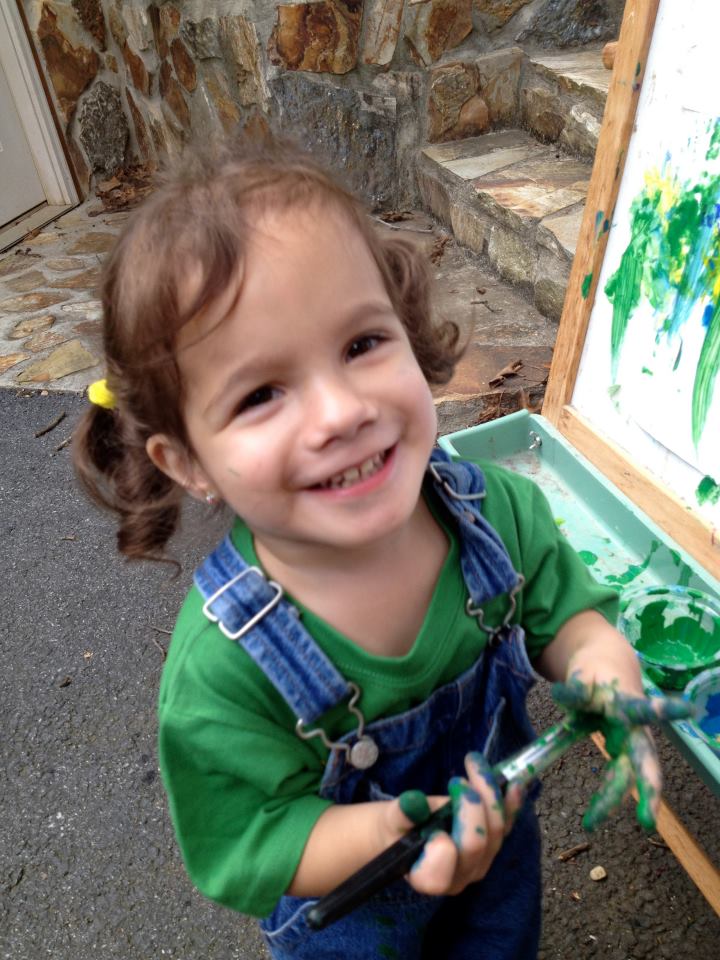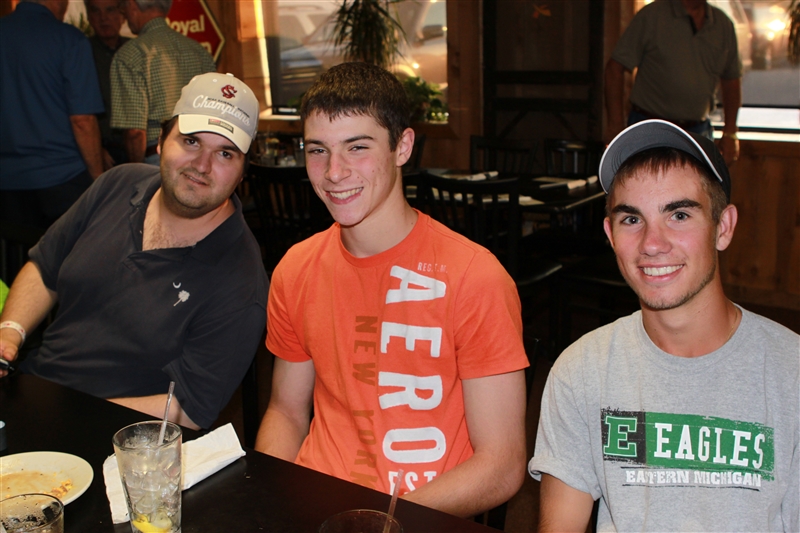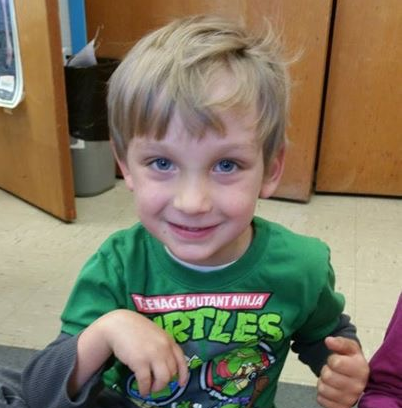
Hand-Arm Bimanual Intensive Therapy (HABIT)
Hand-Arm Bimanual Intensive Therapy (HABIT) in children with hemiplegia is an intervention developed at Columbia University. It aims to improve the use and coordination of both arms in daily function – the way we typically use our hands and arms. HABIT involves intensive training using both hands. Like Constraint-Induced Movement Therapy (CIMT), it requires many hours of intensive therapy and is performed in a group settings with an emphasis on having fun. But unlike CIMT, HABIT focuses on improving the ability to perform bimanual activities. It does not involve restraining your child’s stronger hand. Learn more about HABIT at the Center for Cerebral Palsy Research. The Center for Cerebral Palsy Research hosts camps and other research opportunities for children with a diagnosis of hemiplegia. There is no cost to participants. Center for Cerebal Palsy Research website
Constraint Induced Movement Therapy (CIMT)
Constraint-induced movement therapy attempts to promote hand function by using intensive practice using the affected hand while restraining the stronger hand. Restraint often involves putting a cast on the arm the child traditionally uses for eating, playing and exploring their environment. Casts are sometimes on the arm for over a month and therapists periodically check for skin issues. Some parents report their child does not mind having their stronger arm casted for weeks; however, many parents report that their child experiences emotional distress.








